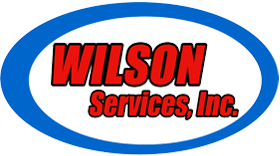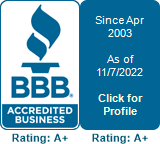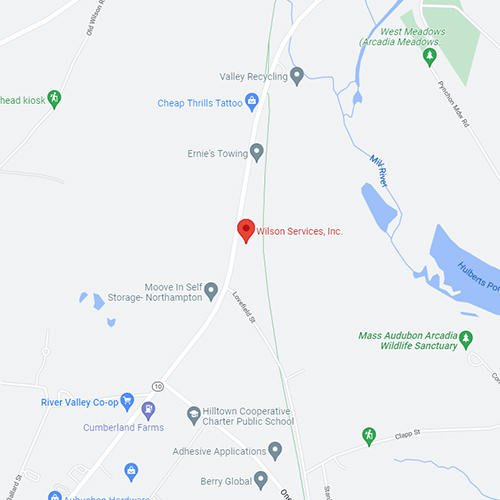Carbon Monoxide – What You Don’t Know But Need To
This is not one of those fun topics, but every head-of-house needs to know some basics. You have more than likely heard of people dying because of carbon monoxide poisoning. No one takes a nap in a chair or goes to bed at night thinking they won’t be waking up ever again. Equally, most heating technicians typically don’t walk up to a furnace he’s about to service and thinks, “the customer’s life is in my hands, I better make sure this unit isn’t deadly”. Unfortunately, CO is non-discriminative and pays no attention to most people’s limited knowledge regarding its dangers. What’s extremely concerning is that most heating technicians, plumbers, building contractors, even code officials have little or no training on the subject. There are indeed considerations and well defined installation practices that the building trades have been accustomed with for decades. It’s a shame that many of these standards are potentially very dangerous, or possibly destructive to the heating appliance.
To jump to the crux of the matter, it is just not possible to form an opinion without specialized diagnostic tools, such as manometers that read in Pascals (there are about 7000 Pascals in one pound per square inch), and electronic combustion analyzers. Although these are must-have tools for anyone working with a combustion appliance like a boiler or furnace, many people who own the tools (there are no statistics available but some industry professionals speculate only 2 or 3% of the heating technicians and/or plumbers out there have the proper tools and training) don’t know how to use them. Wilson Services Inc. has acquired training from industry leading training groups on this subject. Our installations have a signed (signed by the technician) combustion analysis print out, and this printout is fastened to the appliance that was tested.
If carbon monoxide testing isn’t required by the building codes, what then is enforced? The plumbers and gas fitters are required to test the gas piping with a pressure test, and the vent piping must be installed according to the manufacturer’s guidelines. Wilson Services respects these rules and guidelines but we do have an opinion that carbon monoxide testing should be required. For example, if there was a gas leak, which is certainly possible due to human error or product failure (most plumbers have seen some scary piping situations where the occupants of the home decided to use the gas piping as a clothes hanger, literally yanking the piping off of its pipe hangers), the odor that is in the gas is so strong the occupant usually has plenty of time to exit the house or even address the problem with no harm done.
As far as CO goes, it’s odorless (although it is possible to smell unburned fuel) so therefore much more dangerous. Do you see more stories in the news about gas related house explosions or carbon monoxide incidents? So there lies the importance of this subject. We at Wilson find it interesting that building officials are sometimes passionate about the gas test, but indifferent about the actual quality of the fuel combustion and how safe the flue gas is.
It’s pretty amazing what is being taught through newspaper home section articles and even home renovation TV shows, or articles written when people get poisoned with CO. For example (I’ve seen this one a couple of times), chimneys do not leak CO. Another concern technicians have that are trained in Carbon Monoxide is this: just because the heating appliance is installed properly and according to code, it may still be dangerous because of negative building pressures. The average heating technician doesn’t have the tools to determine how the CAZ (a trade term for Combustion Air Zone) is affected by the chimney affect of a house, or more importantly how much negative pressure an atmospheric combustion appliance is negatively impacted because of these naturally occurring pressure differentials. It one of the reasons we highly recommend sealed combustion appliances.


